Speedy Drone Development Too Much for Military Procurement
Faster drone design and ever-changing technology is making military procurement a ‘mission impossible.’
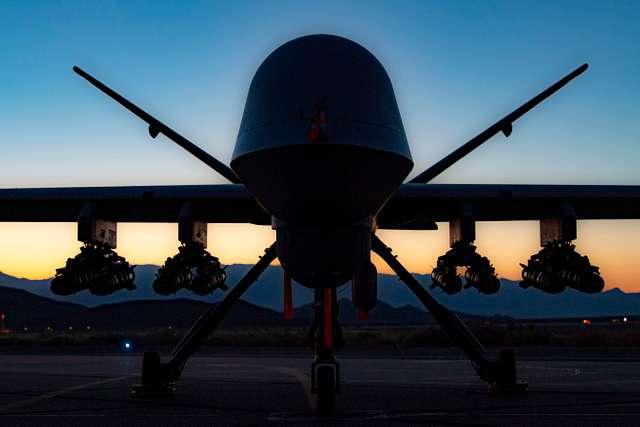
The development of the drone has changed the face of warfare. But as innovation in this novel field of arms development continues, it is proving difficult for military chiefs to keep up with progress.
With so many new drones being designed and manufactured each month, how can military chiefs procure what their forces will need in three years’ time against an unknown enemy, in an unknown location? By then, will the latest drone technology already be obsolete?
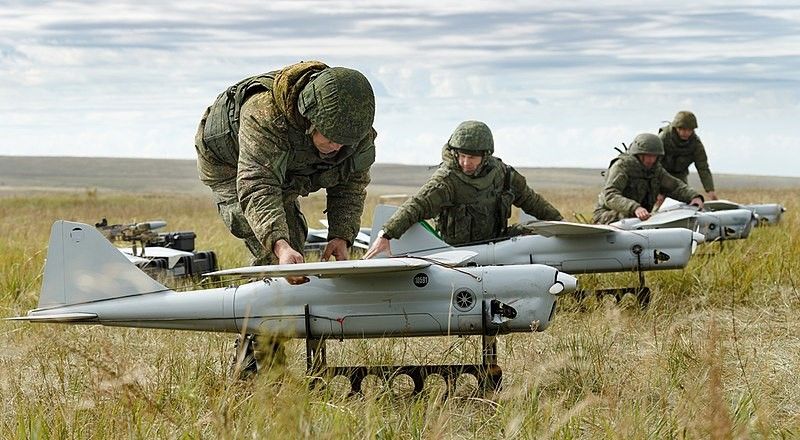
At the heart of the problem is the lead time between ordering the development and production of a prototype and the date it arrives in force at the frontline. To exacerbate the problem, military procurement is typically set up for several years’ worth of supply – to allow for bulk buying and to lower costs.
But in the rapidly changing and highly innovative military drone industry, such a procurement model is proving unsuitable.
“There’s also a lot of new entrants in that space,” explains Doug Bush, Assistant Secretary of the Army for Acquisition, Logistics and Technology. “Committing to one, as good as that company might be, would perhaps foreclose other options because there’s so much innovation with new companies in that space.”
This means that, according to Bush, committing to the same drone year after year is unproductive when technology can fluctuate from month to month.
“What you buy in one year, I’m not sure you’d want to buy that exact same [unmanned aerial system] for five years,” noted Bush in a recent Pentagon briefing. “We might be heavy one year in intelligence, surveillance and reconnaissance and heavy the next year in strike.”
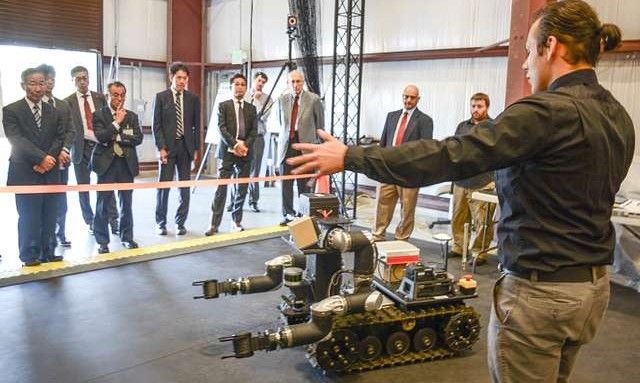
Arms manufacturers are looking for multi-year deals to guarantee a return on the investment of building a manufacturing facility. But at the same time, military procurement decision-makers are reluctant to commit to the long-term. This is making drone producers wary of ramping up production capabilities to meet current demand if that could all be stopped twelve months from now.
All of this is happening against a backdrop of having a sufficient supply of the drones which are essential to Ukraine’s defence. At present, according to the Royal United Services, Ukraine is consuming almost 10,000 drones a month.
“At the end of the day, getting the world’s best technology into the hands of the people who are defending democracy and keeping our country safe is incredibly important,” says Mike Ross, a former Navy pilot and current chief of staff for product management at Skydio, a manufacturer of drones for the U.S. Army. “And often times the military has been too slow to do this.”
This is not to say that military innovation and procurement isn’t improving.
For example, since 2015, the Defence Innovation Unit (DIU) has been speeding up the adoption of modern technologies in the field. This has meant that last year, the DIU typically needed only 142 business days to award a prototype contract.
“It’s an accelerated process to get American drones deployed to reduce the dependency on Chinese drones,” says George Matus, founder and CEO of Teal Drones. “It’s also a good catalyst for rebuilding the U.S. industrial base as a whole.”
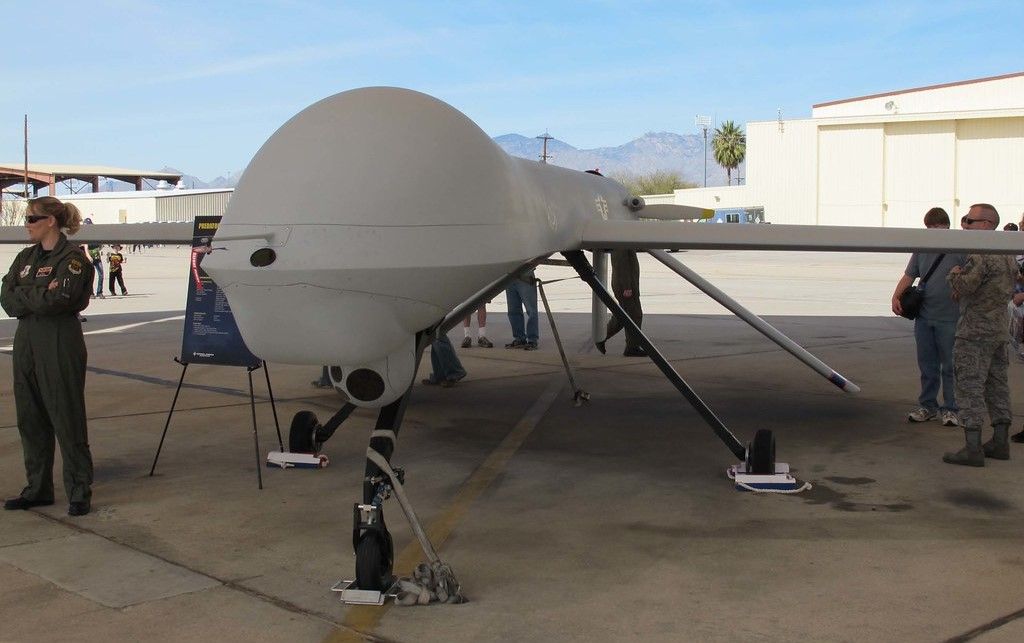
The effects of getting it right can be huge.
“Weapon systems such as the Excalibur GPS-guided artillery shells and the US HIMARS rocket systems when guided by UAVs have been reported to become even more potent in neutralising targets,” notes Sunil Yadav, a drone industry analyst. Giving the example of how drones are now integrated into the modern command and fire system, “With precise coordinates of targets known and passed on the Starlinks system, Ukrainian forces were successful in obtaining a direct hit on a target using just three rounds of US supplied M777 howitzer.”
A further way of expediting drone development and production has been to adapt more commercial drones for military purposes.
“We aren’t inventing anything from scratch,” explains Matthew Borowski, joint program manager for Blue UAS Programs at the DIU. “What we’re saying is if there’s a problem and there are things that are out there in the commercial sector that can be used to fix this right now, our prototyping is taking a product and service that that company provides and then using it in a military context.”
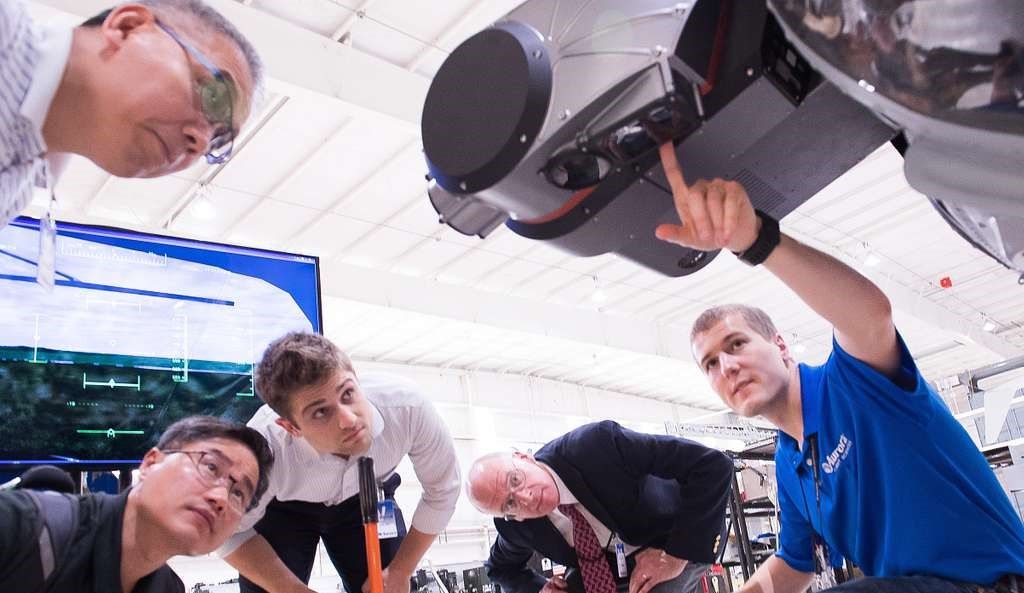
Speed is important in the drone sector because it allows for rapid innovation and adaptation to changing threats. Being able to quickly design and test new features can make a dramatic difference in the effectiveness of a technology.
Prototyping is a critical stage in the process, as it allows for testing and refining designs before full-scale production. A quick, but effective, prototyping phase can help identify and address any issues early on, saving time and resources in the long run.
Finally, manufacturing speed is essential for getting new technologies into the hands of military personnel as quickly as possible.
It is a demanding situation, with multiple challenges, made worse due to the ongoing war. While such speed may be ‘mission impossible’ for procurement teams, delay in getting the best and most innovative hardware to troops can mean the difference between success and failure on the battlefield.
Want to read more on this topic? Try:
How Adapting Ukraine’s Drone Industry Could Make All the Difference or Car Construction Model Inspires Drone Design
Photo credit: Flickr, boudewijnhuijgens, Wikimedia, Picryl, & boudewijnhuijgens

